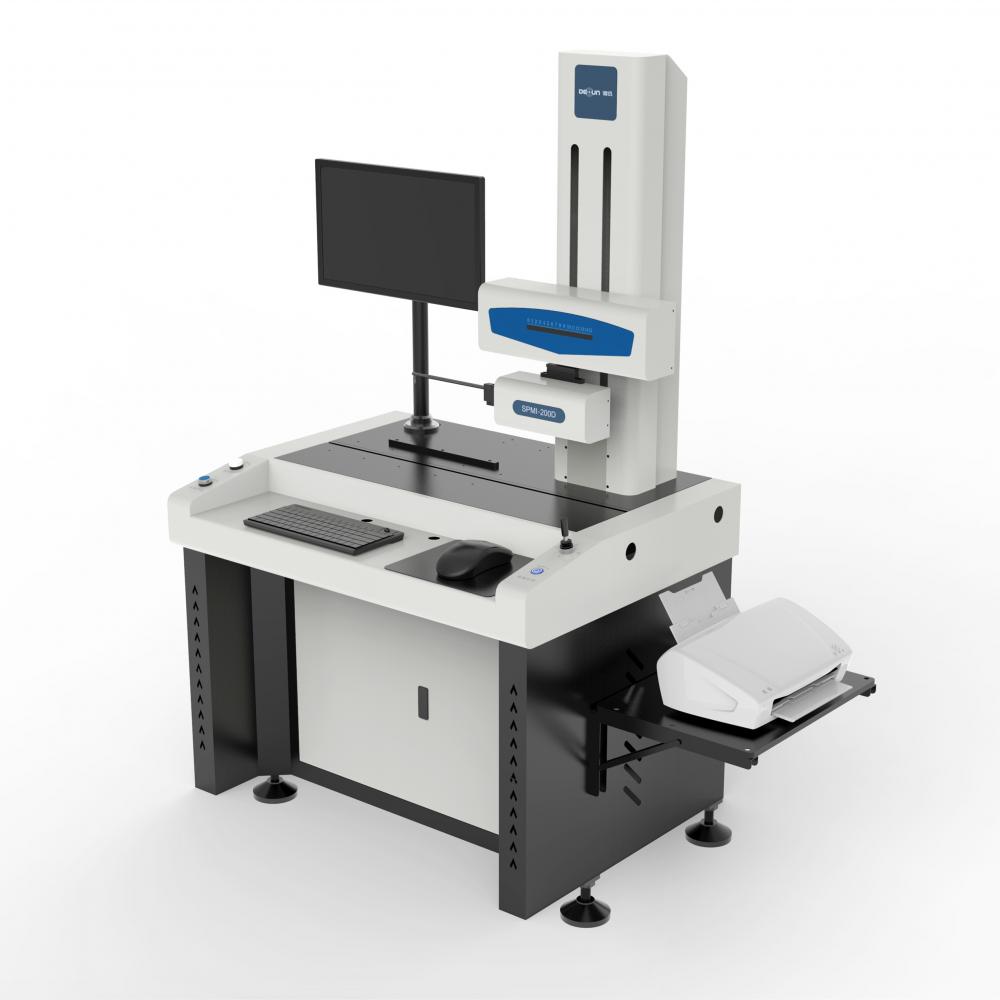Several of the konjac planting management should not despise the technical aspects
Amorphophallus is a genus of herbaceous plants of the genus Arachnidae. There are about 130 species worldwide, mainly distributed in Southeast Asian countries. Among them, the konjac in India is the most abundant in the world. It has a long history of cultivation in the areas of China, Yunnan, Guizhou, Sichuan, Yunnan, Hunan, Hubei, and southern Shaanxi. Konjac glucomannan has more than 40 physicochemical properties and is the main raw material in the food industry, pharmaceutical industry, chemical industry, oil drilling, construction and agriculture. In recent years, due to the continuous expansion of market demand and the flourishing of the processing industry The rise of the konjac industry has achieved a good momentum of development, which is conducive to the healthy development of the konjac planting industry and the industrial chain. In the new development of the Konjak New Area often overlooked the unique habits of the konjac, always think that the konjac is very good species, planting grows well before the house, even with buds with a small number of stems can grow or even grow very well. Ignoring many inadvertent links eventually led to the failure of konjac planting. Some growers planted an acre konjac and even one konjac did not. To develop konjac industry, we must do the following: First of all, we must choose good varieties. There are many varieties of konjac. We must choose varieties with high glucomannan content. The demand for this product is large in the food industry, pharmaceutical industry, chemical industry, oil drilling, and construction; Secondly, it was introduced from high-altitude land, and the species variability introduced at high altitude was relatively small, and the traits were relatively stable, while the species introduced at low altitudes were prone to variation and the traits were unstable. The third is that it is not possible to introduce strains in areas with high incidence of soft rot, otherwise it will affect the cultivation of konjac in the new area; The fourth is that the introduced species must be exposed to sunny days for at least 4 days. Exposure can not only be sterilized by ultraviolet rays, accelerate the healing of damaged konjac species, but also promote the activity of internal enzymes of konjac bulbs, thereby increasing the germination rate; The fifth is the konjac species, which has high water content and cannot be directly contacted with fertilizers, especially quick-acting chemical fertilizers. Otherwise, the bacteria, especially bacteria, are easily invaded after the fertilizer is damaged, causing the entire rot of the bulb to rapidly spread soft rot. The sixth is to choose the soil with loose soil, good permeability, rich organic matter and a certain degree of slope, especially in the most critical period of konjac growth, that is, in July and August. Seventh, konjac is a herb crop under the forest. Hi light is afraid of the sun, and corn is properly planted between rows to shade; The eighth is that the 80% potassium-containing compound fertilizer required for the growth of the konjac grows at the time of planting; at the later stage, it will be supplemented according to the growth of konjac, but it will not be able to contact the petiole and leaves, so as to avoid the occurrence of fertilizer damage and pathogen invasion; The ninth is to avoid entering into the underground fields in the middle and later stages of the cultivating management, especially if there is dew or rain in the morning. In order to prevent mechanical damage caused by konjac plants to invade germs, it is also necessary to prevent cattle and sheep from entering the breeding ground. The tenth is that weeding must be completed when konjac emerges. Weeding should be done manually to avoid chemical weeding, or as straw covering, which can not only maintain moisturizing but also inhibit weed growth, and can be supplemented with organic fertilizer after the crop rots. Eleventh, during the growth of konjac, the konjac disease strain was found to be immediately cleared, and the lime and the surrounding area were sterilized. Roundness Measuring Instruments
Roundness meter is a length measuring tool for measuring roundness using the rotary axis method. The roundness meter is a measuring tool for measuring the roundness error of the workpiece using the rotary axis method. Roundness tester is divided into two types: sensor rotary type and workbench rotary type. During measurement, the measured part is installed concentrically with the precision shaft system, and the precision shaft is attached with an inductive length sensor or a workbench for precise circular motion. It is composed of sensor, amplifier, filter and output device of the instrument. If the instrument is equipped with a computer, the computer is also included in the system.Roundness Tester
The principle of the roundness meter is the same as that of the coordinate measuring machine. In fact, its working principle is very simple. The coordinate measuring machine is a point acquisition tool. Its principle is to collect points first, and then form a line from points, and then form a three-dimensional model from lines. CMM is a kind of measuring equipment that has a guiding mechanism, a length measuring element, a digital display device in three mutually perpendicular directions, and a worktable that can place the workpiece (not necessarily large or huge). The measuring head can be moved to the measured point easily by manual or motorized means, and the coordinate value of the measured point is displayed by the reading device and the digital display device. Obviously, this is the simplest and most primitive measuring machine. With this measuring machine, the coordinate value of any point in the measured volume can be displayed through the reading device and digital display device.
Roundness Measuring Instruments ,Roundness Measuring Machine,Instrument Used To Measure Roundness,Roundness Tester Zhejiang dexun instrument technology co., ltd , https://www.dexunmeasuring.com
